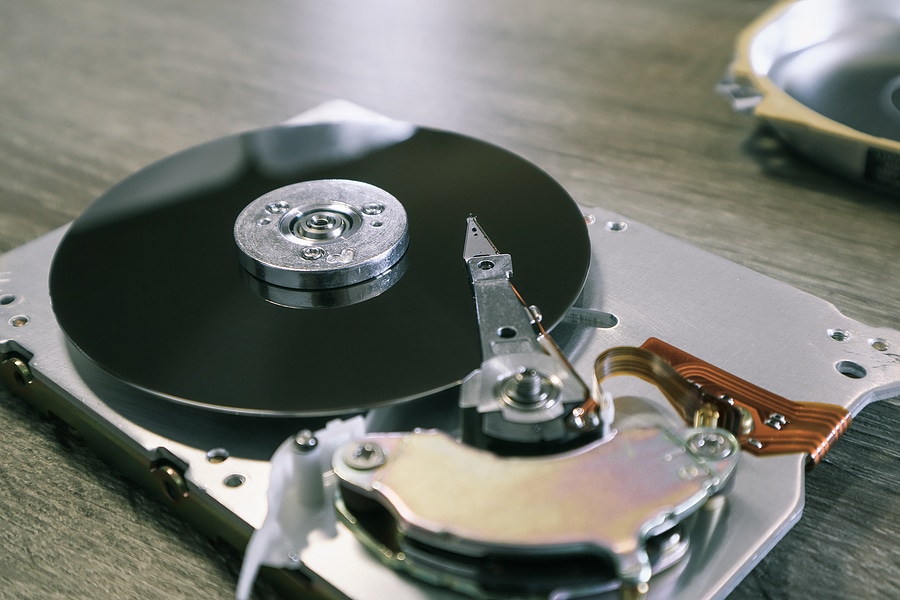What Is Data Remanence?

Computer hardware can store an impressive amount of data. However, once users finish using their devices, it’s important to properly destroy any remaining sensitive data to prevent it from being accessed by unauthorized parties.
However, this isn’t as simple as dropping files in the recycle bin. Sometimes, thanks to a concept known as data remanence, data can linger on drives long after it’s deleted. Here’s what you need to know about data remanence and what you can do to combat it.
What Is Data Remanence, and How Can You Overcome It?
Data remanence refers to the ability of computer memory to hold on to information beyond its intended lifetime. Usually, this occurs because an operating system simply removes the reference to the data when you attempt to delete a file rather than scrubbing away the data itself.
While this makes certain forensic tasks easier, it’s a problem for companies that store sensitive data. It often leaves this data vulnerable to bad actors who intend to use it for inappropriate purposes. Given that improperly secured devices pose a risk to you and your organization, it’s important to understand the best methods for proper data disposal.
Accidentally exposing user data can have severe consequences that range from liability issues to the erosion of trust. But luckily, there are various secure data destruction techniques that organizations can take advantage of to overcome data remanence.
Overwriting
Overwriting is a data sanitization process in which stored data is replaced with random ones and zeroes that render any leftover information useless. Because it’s a non-invasive process, overwriting allows owners to sell or reuse devices, making it an economical option as well.
The drawback to overwriting is that there’s still a chance for some data to be missed if it’s not done properly, making it a less secure option if not verified in a certified wiping and quality control process.
Encryption
Encryption is a digital encoding practice that makes it harder for unauthorized users to access a physical storage device. One of the best things about encryption is that it’s incredibly cheap and allows companies to reuse devices with less security risk.
The big limitation of encryption, however, is that it doesn’t actually remove data from the device. If a cybercriminal were to discover the security key for the encryption, they would have full access to the data. Encryption also throws out the option of any type of reuse, as it locks access to even a responsible vendor who could professionally wipe all the data remanence and reset the device for new users.
Shredding
Those who want to ensure their data is gone for good can have it destroyed through industrial shredding. The great part about hard drive shredding is that you can rest assured knowing all the information on the storage device is gone for good, making recovery efforts impossible.
While it might be tempting to do your own shredding, having a professional service that can track the process from start to finish and verify the destruction of all your data is best.
Protect Your Used Electronics from Data Remanence with SEAM
You have more important things to worry about than exposing user data from old computing devices and equipment. SEAM provides NAID AAA-certified hard drive and solid state shredding and sanitization services in North Dakota and South Dakota, making it easier than ever to dispose of your electronic equipment without the risk of leaking sensitive data.
Don’t let your IT devices leave you or your clients vulnerable to malicious attacks. Request a quote today!
SEAM provides IT recycling and data destruction services including onsite shredding and hard drive wiping to South Dakota, North Dakota, Minnesota, Iowa, and Nebraska.
Schedule a pickup or contact us for more information.





